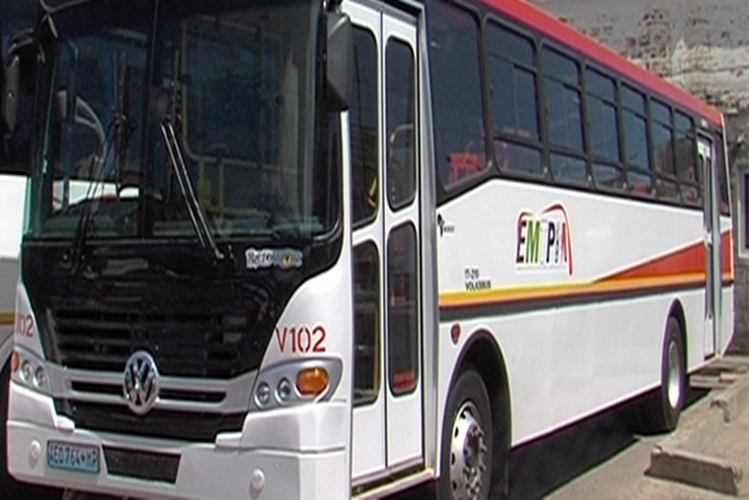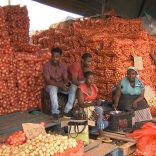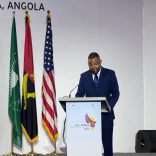Mozambique: Zimpeto Wholesale Market to close on Monday and Tuesday - Maputo City Council
Minister promises new workshop for bus maintenance in Matola

Mozambican Transport Minister Carlos Mesquita announced on Wednesday that a new workshop is being built and equipped in the southern city of Matola that will be able to deal with maintenance and repairs for all the various brands of buses that the Maputo and Matola municipal bus companies have acquired over the years.
Speaking at the opening of a Symposium on Urban Passenger Transport, held to celebrate the 80th anniversary of the Maputo bus company, EMTPM, Mesquita said that, with the “multi-make workshop”, the government intends to avoid the recurrent situations whereby the state acquires vehicles but they last for a much shorter time than their theoretical useful life, merely for lack of maintenance.
Since independence in 1975, EMTPM has acquired hundreds of vehicles of various makes (including Leyland, AVM, Man Diesel, Mercedes Benz, Yutong, Volkswagen and Tata). This multiplicity has made it difficult to ensure spare parts and technical assistance for all the buses. The result is that a large portion of the fleet of buses is off the roads, even though they could be repaired.
Mesquita said the poor supply of public passenger transport causes overcrowding in the buses that do exist, and forces passengers to wait a long time at the bus stops.
He promised that the government is committed to increasing the number of buses serving the urban centres. “We acquired 86 buses that were allocated to public transport operators in all the provincial capitals, plus the port city of Nacala”, he said. “This year we acquired a further 50 buses which have been delivered to the private sector”.
He stressed the positive results from the current experiment in bus lanes in Maputo. In the morning rush hour, on two routes from the outer suburb of Zimpeto to parts of central Maputo, one lane is reserved for buses and minibuses between 06.00 and 08.30, and all other vehicles are banned from using this lane. 50 buses have been allocated to these two routes.
Mesquita said the results from the bus lanes were very encouraging. Because cars and trucks have been moved off these lanes, the bus journeys have become much quicker, and each bus can make more trips. On these routes the bus lanes have increased the number of passengers per day from 30,000 to 45,000.
As for rail passenger transport, Mesquita said that, in the first six months of this year the number of passengers carried by the rail system in the central region rose by 58.5 per cent, while in the southern system the rise was 31 per cent. He attributed this increase to the government’s purchase of new rolling stock in 2015.
A Brazilian guest, Richele Cabral, the director of urban mobility of the Rio de Janeiro public transport companies, told the meeting that a “Bus Rapid Transit” (BRT) system would reduce costs and allow more people to enjoy transport under acceptable conditions.
BRT is similar in design to surface metro systems. There are usually two dedicated bus lanes, one in each direction, in the centre of the road, with bus stops that are similar to train stations. The platforms are level with the bus floor for easy boarding, and tickets are paid for at the stations rather than on the bus itself.
Cabral said that Brazil is willing to share its vast experience of BRT systems with Mozambique. There are 160 kilometres of BRT lanes in Brazilian cities, and Cabral argued they have led to a transformation in urban life. When people are no longer stuck for hours in traffic, “they can use their time better”, she said.
Maputo City Council has already expressed its desire to set up a BRT system, and in 2014 it was confidently announced that work on building one would begin in 2015. However, financial problems have led to a postponement, and now there is no date for the start of work on Maputo’s BRT.













Leave a Reply
Be the First to Comment!
You must be logged in to post a comment.
You must be logged in to post a comment.